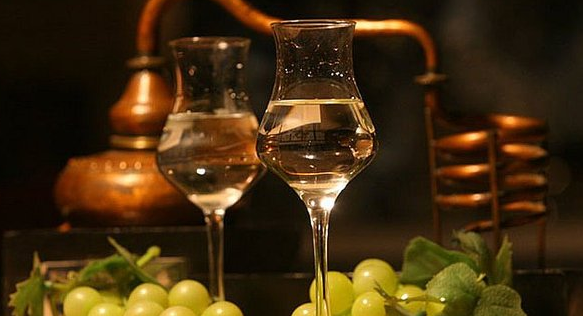 Chile’s proposal to share the pisco denomination of origin with Peru was slapped down this week by Peru’s minister of Production.
Chile’s proposal to share the pisco denomination of origin with Peru was slapped down this week by Peru’s minister of Production.
“There is no Chilean pisco, that is grape brandy made in Chile,” said minister Raul Perez-Reyes, adding that pisco is only produced in five regions in southern Peru — Ica, Moquegua, Tacna, Arequipa and Lima.
The proposal, for both countries to recognize and share the pisco denomination of origin on the international market, was made by Chile’s Agriculture minister, Antonio Walker, during conversations with his Peruvian counterpart, minister Gustavo Mostajo, during the latter’s visit to Chile this past weekend.
“Both of our countries are in litigation,” said Walker to El Mercurio daily in Santiago. “It costs them money and it costs us money, and if we’re the only countries producing pisco, instead of litigating in every country, it would be better to complement and recognize each other and avoid legal battles for entry of Peruvian and Chilean pisco to the different markets.”
In January this year, Peru won the legal battle in India to restrict the pisco name to only the Peruvian liquor, while another case continues in Thailand. Walker said Chile would be appealing India’s decision, adding that Chile has always told Peru that “we want to be complementary and not competitors.”
With India added to the list, Peru is now recognized by 50 countries to hold the right to the term pisco for its domestic production.
However, pisco exports to Chile — 41% of Peru’s current production — are sold as grape brandy or Peruvian brandy, to comply with Chilean laws prohibiting the import of any product labelled pisco. Some 18 Peruvian companies export their production as grape brandy to Chile, which many of the traditional producers consider treason.
The pisco battle is not new. Pisco was first produced on Peru’s south coast in the late 16th century, and stored in tall clay jars called piskus, similar to the Quechua word for birds, pishku. The port used to ship the brandy to Spain became known as Pisco. According to the late historian Emilio Romero, 300 clay jars of pisco were given to Francis Drake in 1580 as ransom for prisoners he had taken at the port during his forays along the Peruvian coast.
Distilled spirits form grapes were also later produced in Chile. In 1936, Chile changed the name of the town of La Union, birthplace of Nobel poet laureate Gabriela Mistral, to Pisco Elqui, allegedly to validate the use of the pisco appellation for Chile’s grape brandy and sell it as such anywhere in the world. Mistral protested the name change but was ignored, and Chile worked hard to place its product on the world market.
Peru, on the other hand, has been slow to recognize the value of its pisco and marketing it as a flagship product has only taken off in the past three decades or so. General Juan Velasco in the earl 1970s made it a point of national pride to drink pisco (his preferred label was Tacama’s Demonio de los Andes) but Limeños clung to their whisky until years later. And while Peruvian airlines, both private and state-owned, offered French wines on their flights until well into the 1980s, LAN Chile was serving pisco sours in first class from the 1970s.
For more on pisco see:





